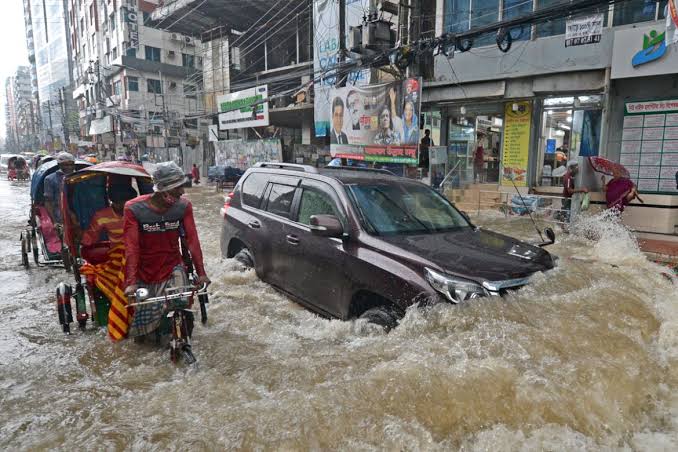Severe flooding has swept across parts of Southeast Asia, displacing thousands of families and triggering a region-wide humanitarian response as heavy monsoon rains continue to batter Indonesia, Malaysia, and Thailand. Over the past week, rainfall levels far exceeded seasonal averages, overwhelming drainage systems, bursting riverbanks, and submerging entire communities under several feet of water. In Indonesia, the worst-hit areas in Sumatra and Kalimantan have reported widespread property damage and disruptions to power and transportation networks, forcing residents to evacuate to makeshift shelters as local authorities struggle to reach remote districts cut off by rising waters.
Malaysia is also facing its most intense flooding in recent years, with the states of Kelantan, Terengganu, and Pahang bearing the brunt of the disaster. Roads have collapsed, schools have closed, and rescue workers are navigating strong currents to extract stranded families from their homes. The government has warned that more rain is expected, raising fears of continued displacement and greater strain on emergency services already stretched thin. Meanwhile in Thailand, provinces along the Chao Phraya River have been inundated after upstream dams released excess water to prevent structural damage, a move that has added to the flooding in downstream communities and disrupted farming activities during a critical harvesting period.
Meteorologists link the severity of this year’s flooding to a combination of intensified monsoon patterns and broader climate shifts, which are driving more frequent and destructive storms across the region. Humanitarian agencies are calling for urgent support to provide food, clean water, medical supplies, and temporary housing as affected countries brace for further rainfall in the coming days. The economic toll is still being assessed, but early estimates suggest significant losses to infrastructure, agriculture, and small businesses. As Southeast Asia confronts yet another climate-driven disaster, pressure is mounting on regional governments to invest in long-term mitigation strategies that strengthen resilience and protect vulnerable communities from the increasing unpredictability of extreme weather

